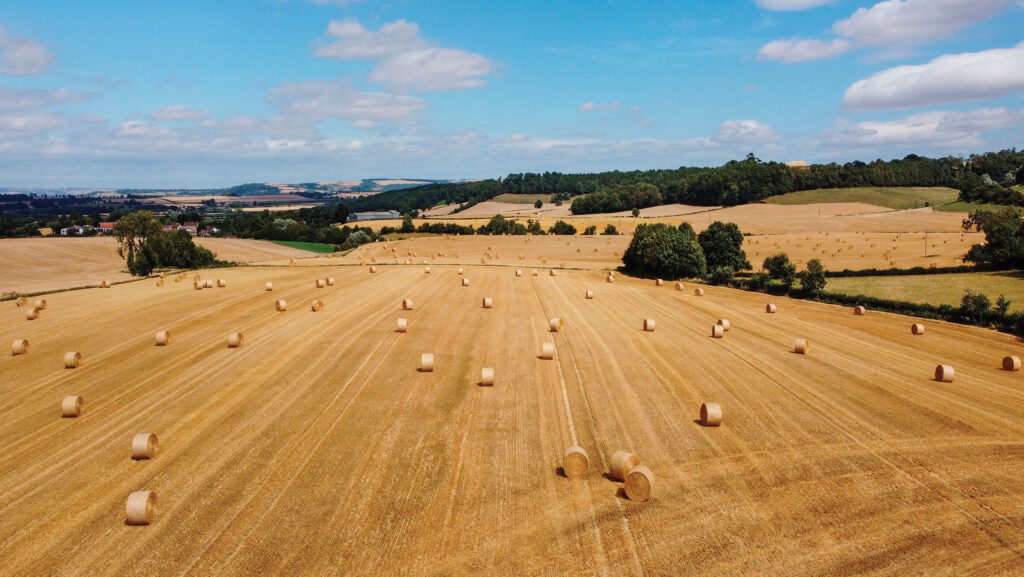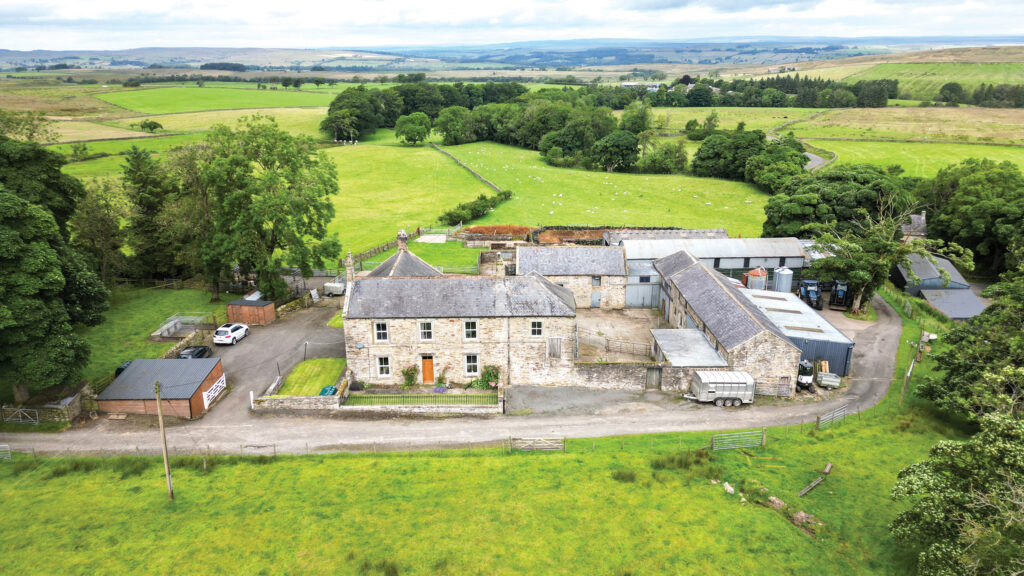Growing landlord income options put pressure on tenancies
 © Adobe Stock
© Adobe Stock Let land accounts for almost one-third of the farmed area in England and Wales and with new landowner income opportunities, there remains fierce competition for tenancies.
George Dunn, chief executive of the Tenant Farmers Association (TFA), says that while the letting market has always been “lumpy”, there is evidence that more land is being taken from tenants as landlords activate break clauses to end agreements early.
The TFA promotes tenancy opportunities in its weekly newsletter, and some weeks their number can be in double figures, while in others there are as few as two or three.
“For the past 20 years or so, an average of 30% of the overall land market in England and Wales has been farmed by tenants, but we are seeing that starting to reduce and that is concerning for anyone who has a tenancy agreement,” says George.
See also: Buoyant demand for well equipped dairy farms
“Pressures on the tenanted sector are real and they will possibly grow.”
In Scotland, the let sector accounts for 20% of farmed land, while very little land in Northern Ireland is let under formal tenancies.
“We are seeing more pressure for land to be pulled off the market; landlords are taking it upon themselves to end agreements either at their natural endpoint rather than allowing them to renew, or by using break clauses,” says George.
Reasons vary and range from aspirations to enter the biodiversity net gain (BNG) or nutrient neutrality markets to pursuing solar energy development or tree planting.
Public payments draw
Public payments are another factor; the TFA maintains that no tenant should be disadvantaged as a result of landlords receiving those payments.
Agricultural Holdings Act tenancies now account for only about half of all agreements in England and Wales, while short-term farm business tenancies account for the remainder.
Speculation that the new government could introduce tax changes on agricultural land could also distort the market, although there was no mention of ending or changing agricultural property relief (APR) or business property relief in the party’s election manifesto.
Harry Morshead, an associate director at land agent youngsRPS, says the firm has landowning clients who are ready to retire but are holding out to see what happens next.
“If the government starts to make changes to APR, we might see landlord decisions driven by those policy changes,” he says.
He is launching a well-equipped and well-maintained upland livestock farm imminently, but says opportunities like this are now few and far between.
“We have a long list of people wanting to rent farms – young farmers and tenants who have lost land because of tree planting and the like, or because a landlord has taken land back in hand to protect their own tax position. It is currently a busy market in that respect.”
The TFA has been making the case to businesses and organisations seeking BNG and nutrient neutrality contracts that in addition to environmental responsibility they must consider social responsibility, by not removing a tenant’s livelihood or farmland from food production.
“They are listening and taking this on board in their decision-making,” says George.
10-year FBT in South Tyne Valley
A 347-acre Northumberland upland farm with meadow, pasture and hill ground is to let on a 10-year farm business tenancy (FBT).

Burn House farm © youngsRPS
Burn House, with land at Low Byre, Coanwood, has a traditional farmhouse and buildings.
Modern buildings include a cattle shed with about 50 cubicle places, while there is also a slurry store, silage pit, sheep pens and cattle handling facilities.
The farm lies in the South Tyne Valley, with land ranging from 243m to 403m above sea level.
The land is currently managed under an Entry Level plus Higher Level Stewardship agreement, which ends in June 2028, and most of it is ring-fenced.
This is an exceptional example of a well-equipped and well-maintained upland livestock farm, says Harry Morshead, of letting agent youngsRPS.
The farm has carried up to 350 ewes plus followers and 50 suckler cows, with all fodder grown on the holding, which is to let as a whole or in two lots.
Lot 1 includes the five-bedroom farmhouse, steading and about 313 acres, available on a 10-year FBT from September 2024, while Lot 2 has 34 acres of bare land available initially on an annual mowing and grazing licence from September 2024 and to be let on an FBT from September 2025.
